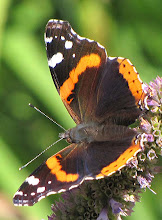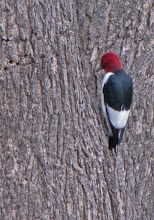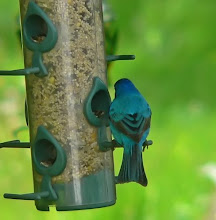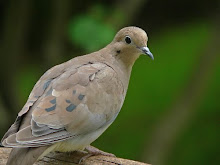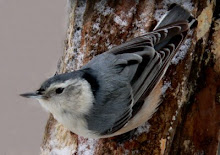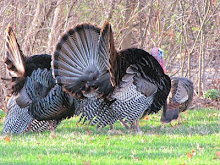I stepped into a patch of purple milkweed (Asclepius purpurescens) to get a few pictures and then stood absolutely still as its wonderful fragrance rose up around me. It must have been a trick of the weather, just the right humidity and temperature, but it seemed the entire field was fragrant with the sweet smell.

These plants can grow as tall as six feet but seldom reach that height. Along the roadsides and in fields, mowers at some point always cut them back. The one above in my pasture is about four feet tall now.

I've decided to grow a few of these in my gravel garden. I wouldn't recommend anyone turn them loose near a group of perennials. They have a very long taproot and also spread by horizontal roots which could cause a problem if they aren't isolated. On the other hand, friends of mine grow them in a butterfly garden with mixed perennials and annuals and they remain quite polite and get along well with their neighbors. They would certainly work well in a bed with mostly annuals.

The flowers are really lovely and did I mention the fragrance, sweet, intense, maybe a hint of honeysuckle and vanilla.
On my farm, the pasture and hedgerows have many milkweed plants but in urban areas where there are few, growing a couple plants in your yard will likely bring you monarch butterflies. Milkweed (there are over a hundred native species) are the only plant the monarch lays its eggs on. You may well find yourself the host of monarch caterpillars (which will eat the leaves of the plant but not kill it). Bees, butterflies and approximately 400 species of insects use the common milkweed as a food source, so planting a few should make your yard a very popular dining area.
I've read that dead heading the blooms before they set seed will cause the plant to produce more flowers, perhaps as many as three flushes in a season.
I'll direct sow seed this fall where I want the plants to grow. With the long taproot, milkweed resents being moved. The seed needs a period of cold weather before it sprouts so planting in the fall will work very well, otherwise I'd have to put the seed in the freezer for a couple months. I have an excellent, sunny location where the plants can grow and be enjoyed, but they can't get tangled with the perennials.
From somewhere
a froth of seeds drifted by touched
with gold in the last light
of a lost day, going with
the wind as they always did.
~ Philip Levine's poem Milkweed
a froth of seeds drifted by touched
with gold in the last light
of a lost day, going with
the wind as they always did.
~ Philip Levine's poem Milkweed

Asclepius tuberosa (above) is another form of milkweed and one that grows well with other perennials. It requires well drained soil and full sun but does not spread beyond a tight clump. It grew very easily from the seeds I purchased and started indoors. Some I transplanted near a patch of yellow daylilies and others went near some nepeta. I've read that the tuberosa is the variety preferred by butterflies. I've also read that it is short lived but self seeds if allowed.







